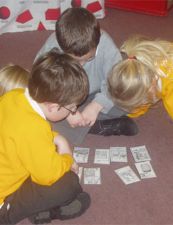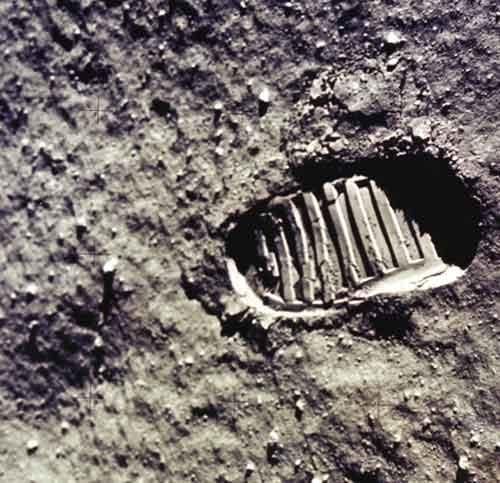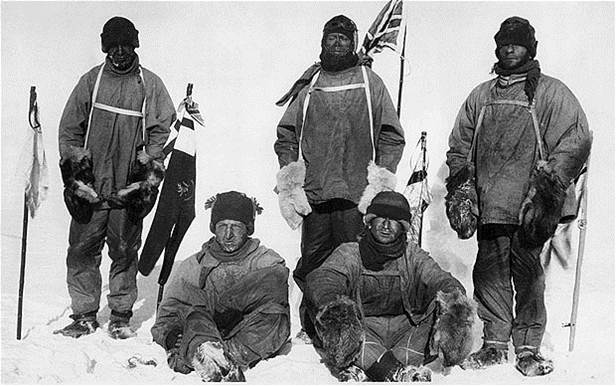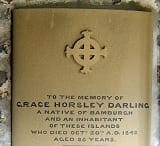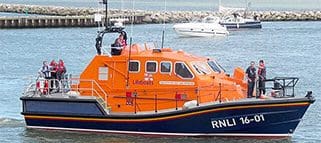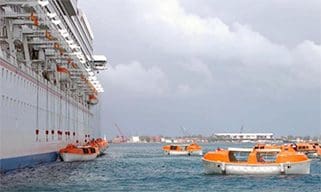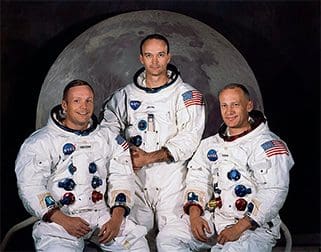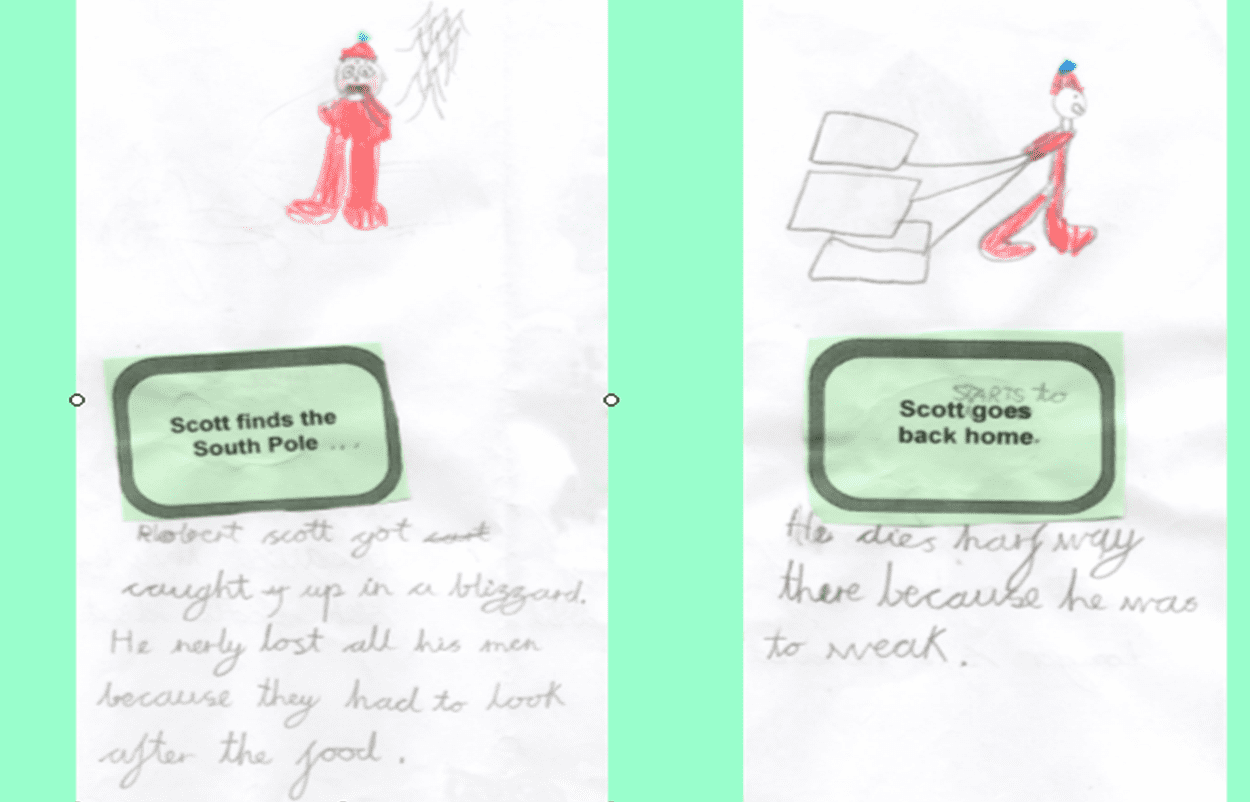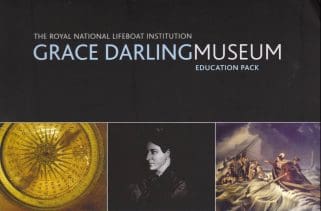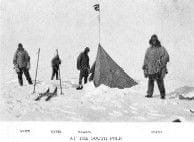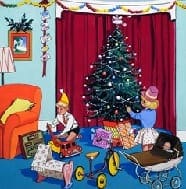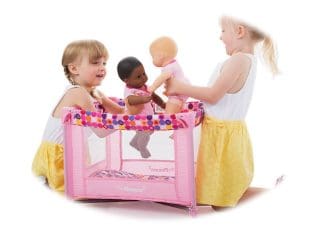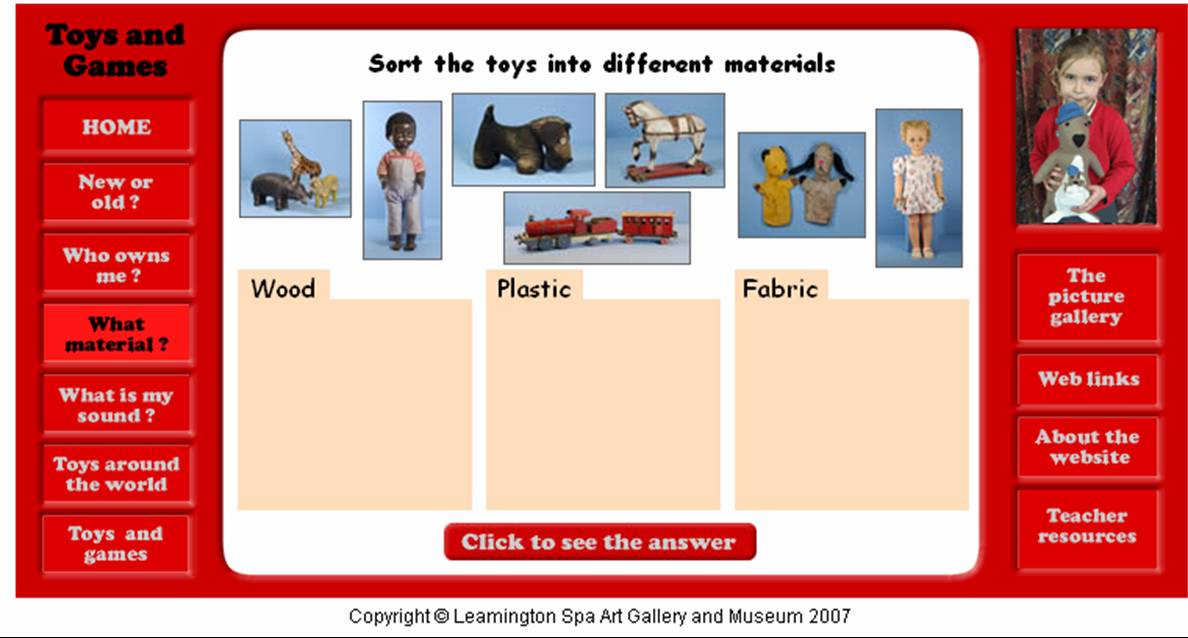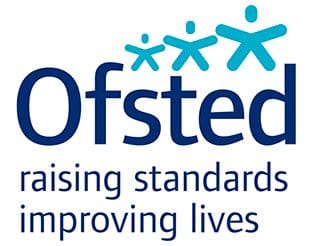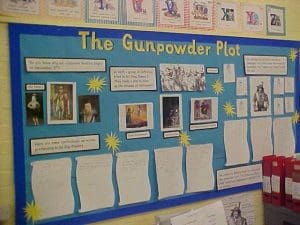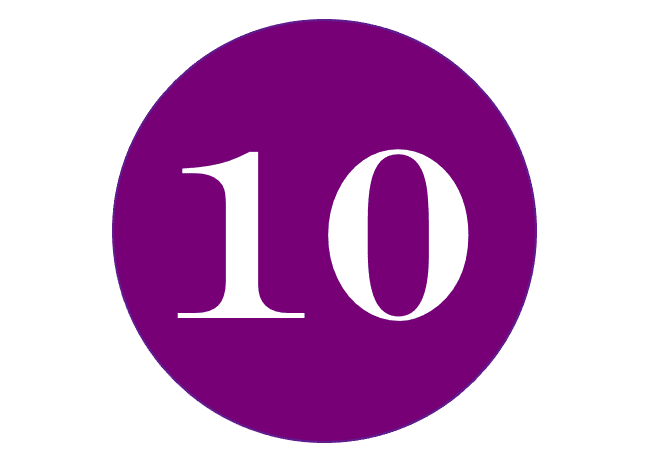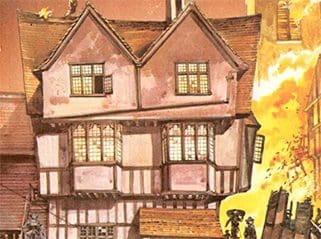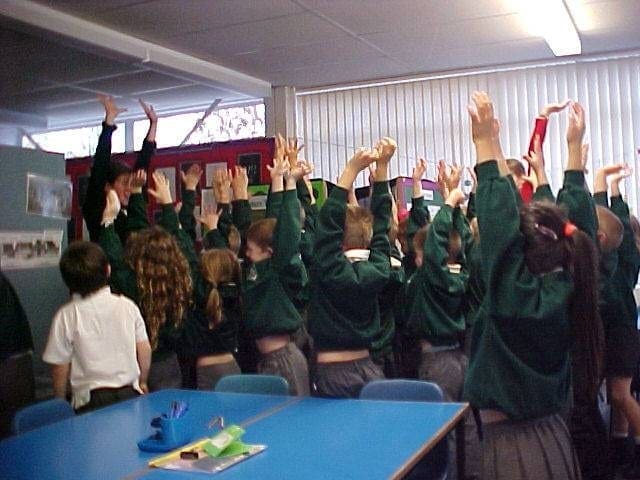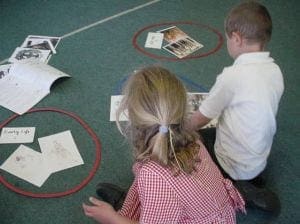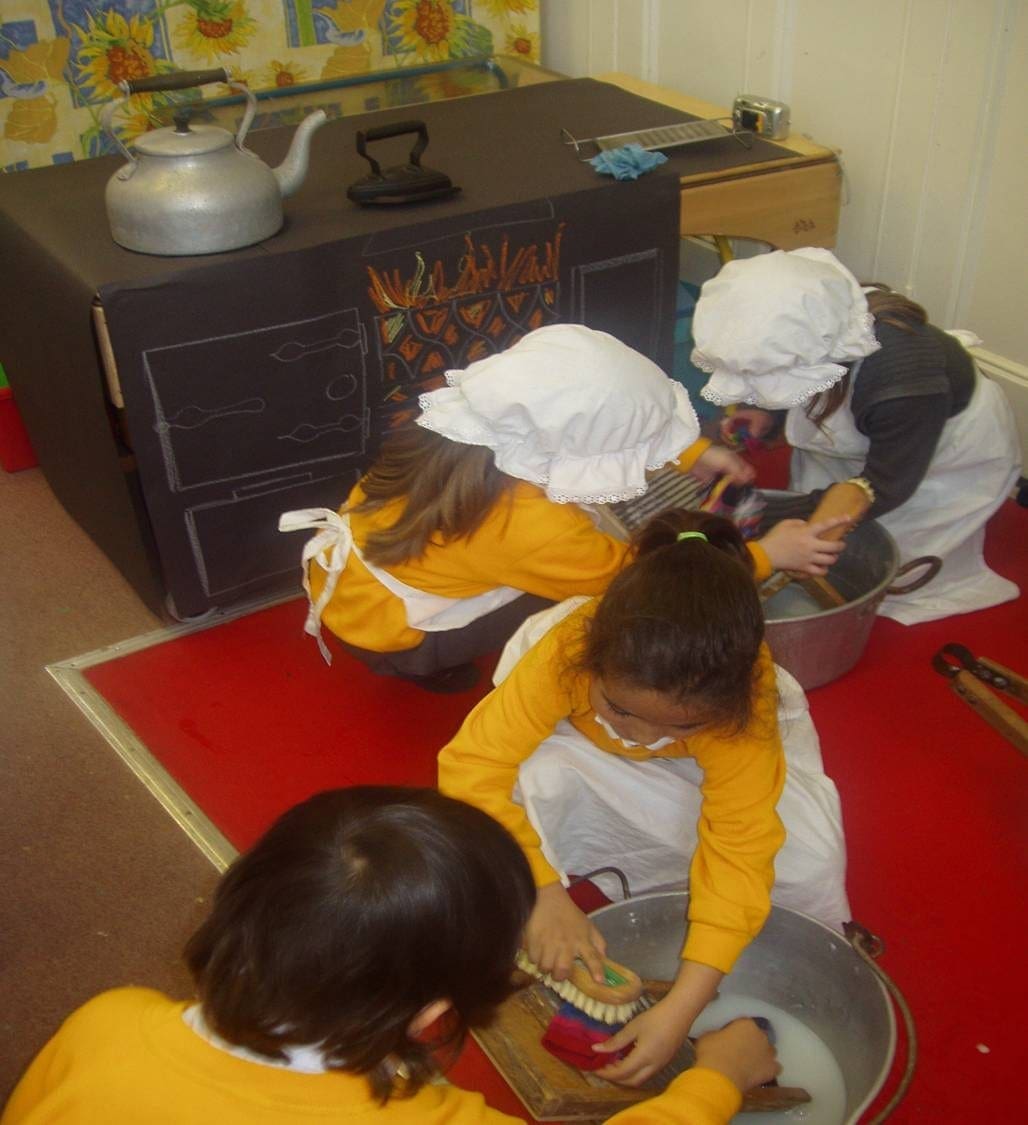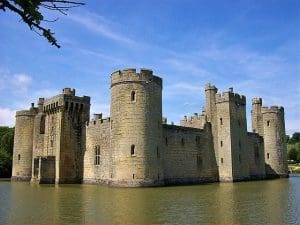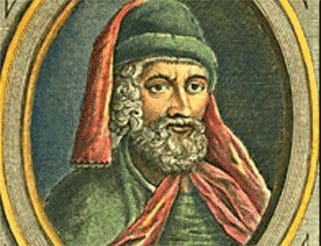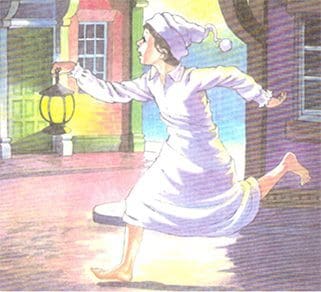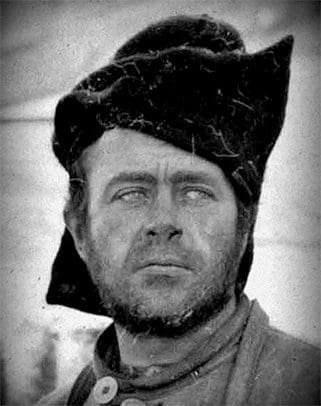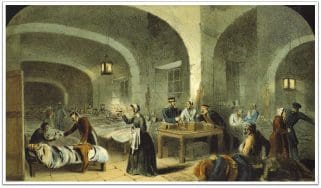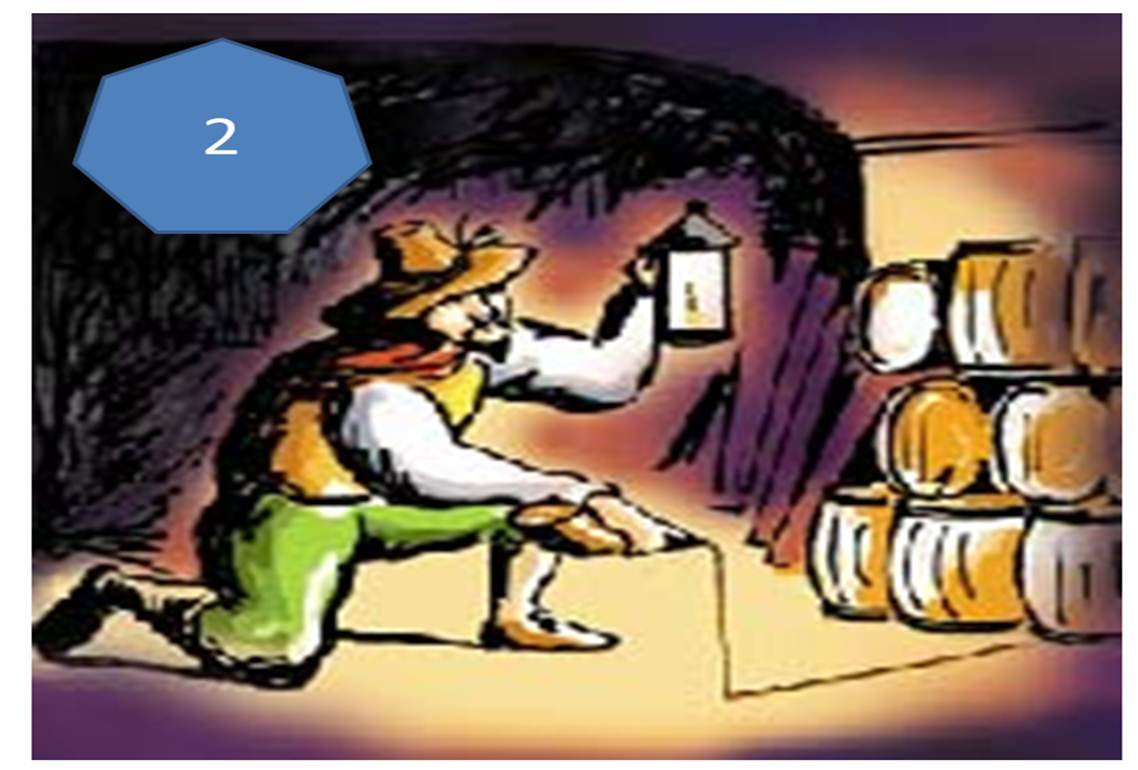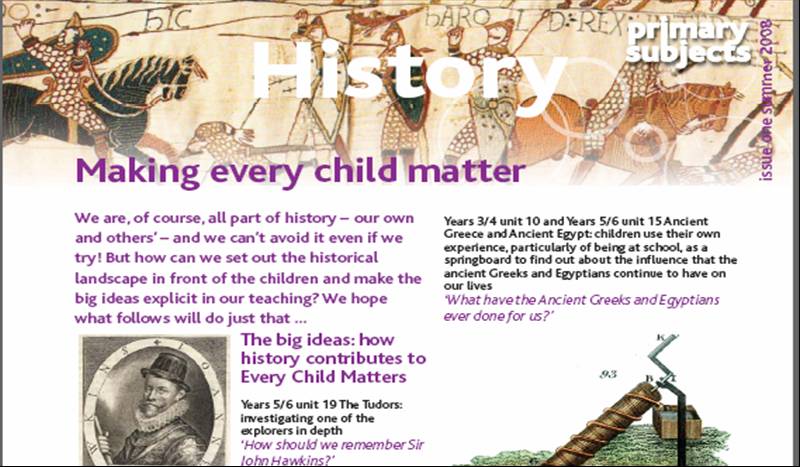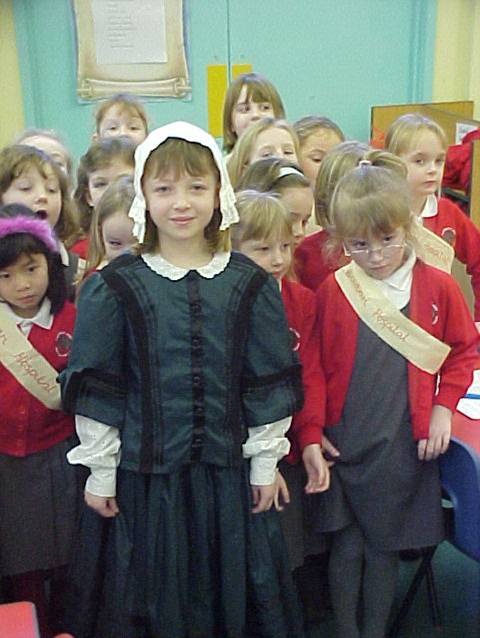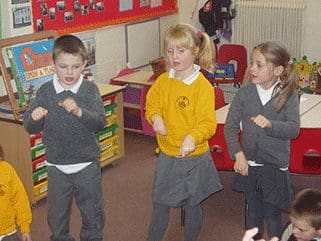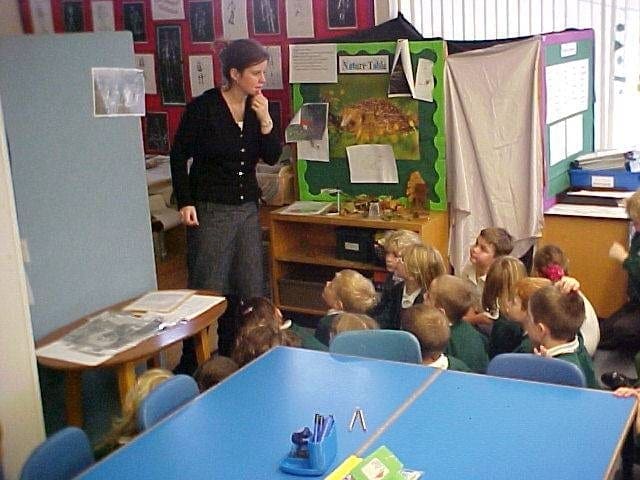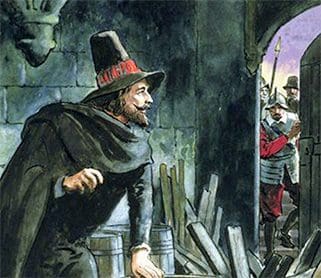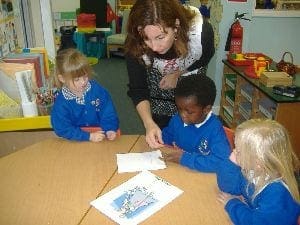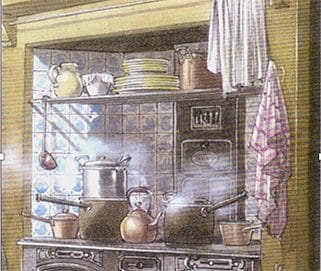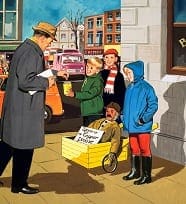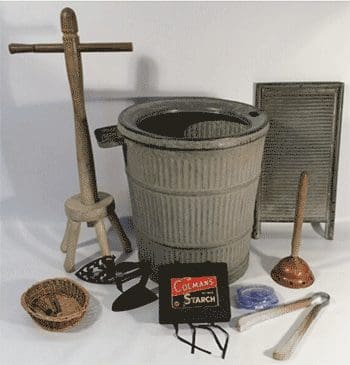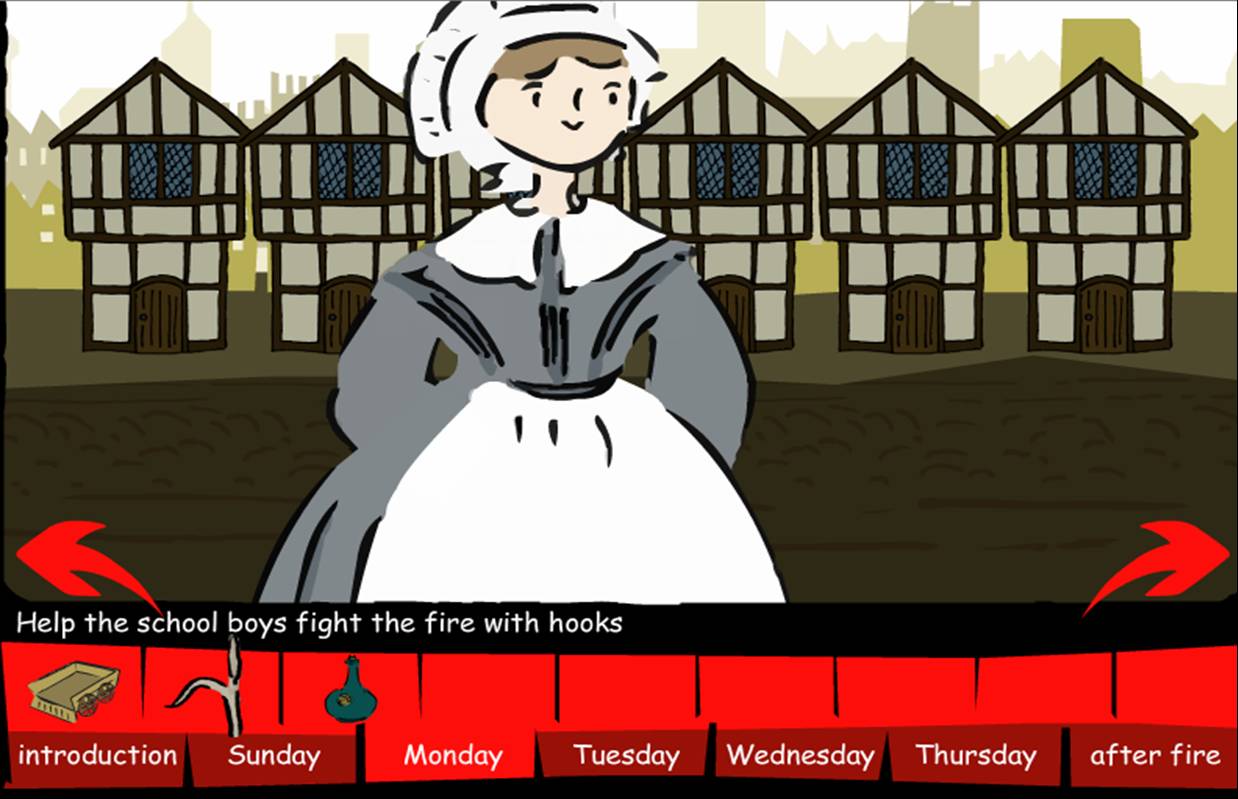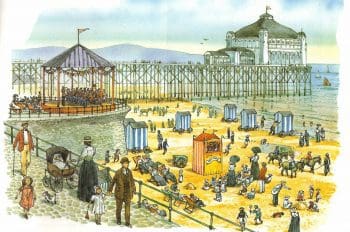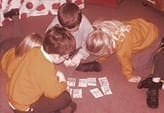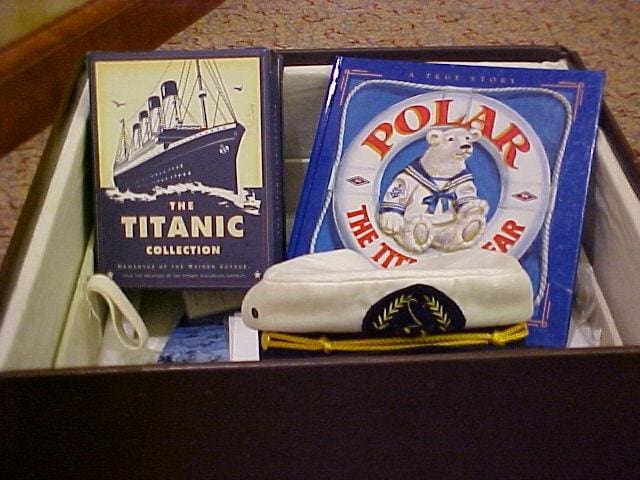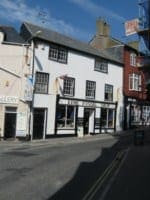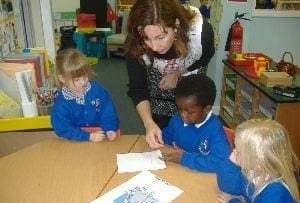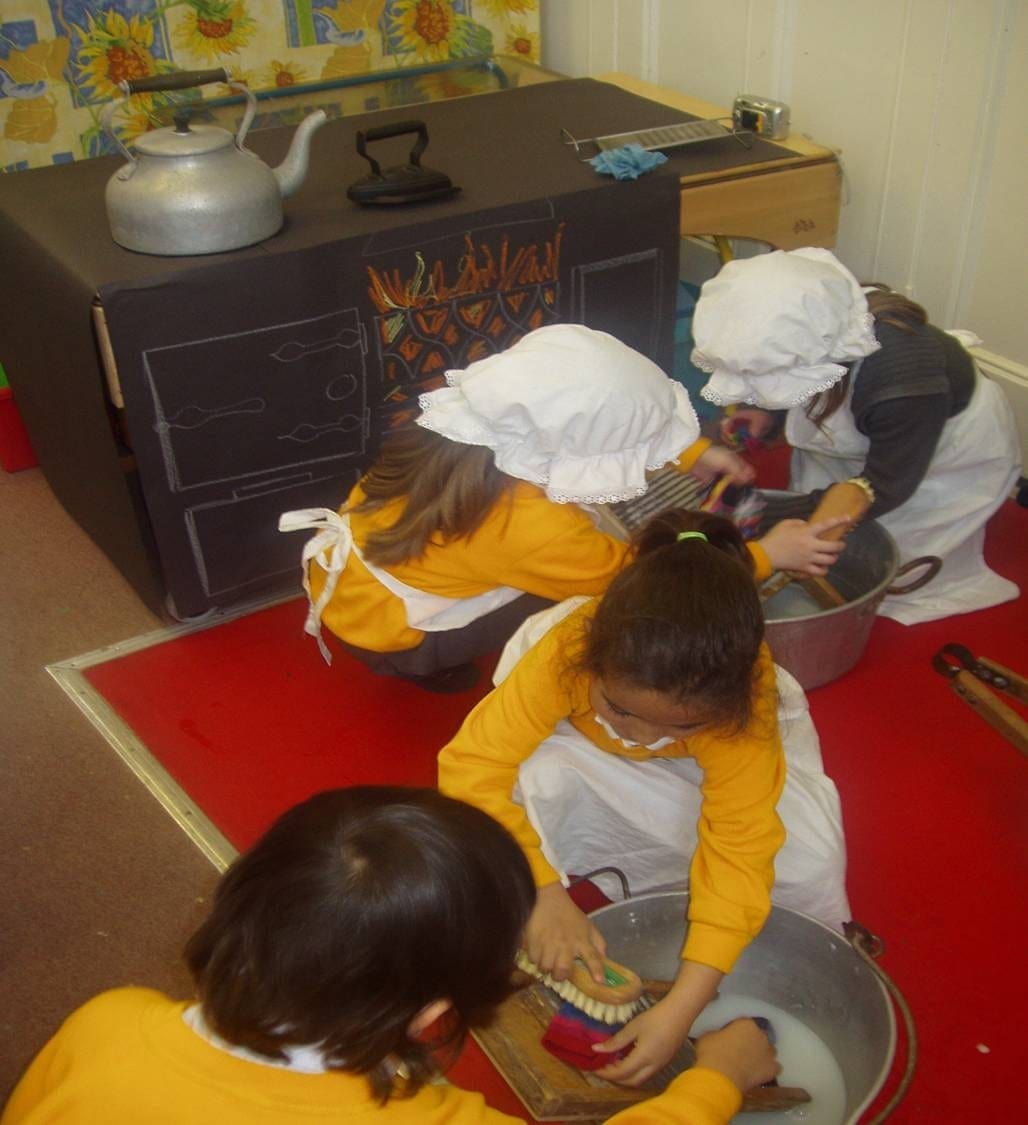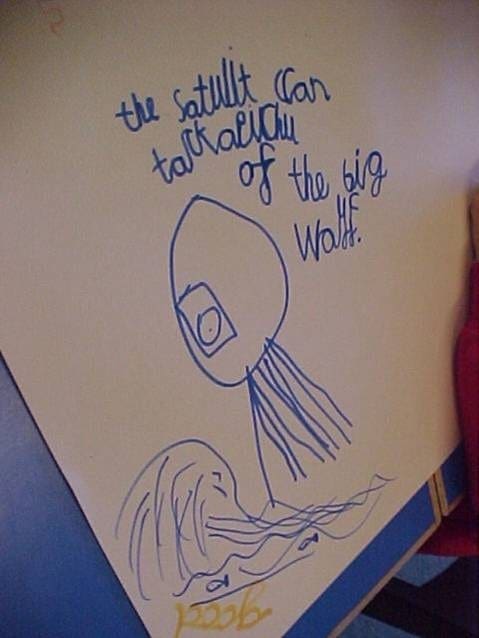Teaching history at Key stage 1
Moon Landing – KQ4 – What did they do on the moon?
This lesson uses differentiated resources as a starting point to help children access the detail of man’s first steps on…
Read MoreScott of the Antarctic – KQ3 -Why did Scott risk his life going to the South Pole?
The concept of an intrepid explorer may not be completely alien to even the youngest children as the media does…
Read MoreGrace Darling – KQ4 – How do we know about Grace Darling’s actions which happened so long ago?
There are two distinct elements to this session. Firstly, pupils develop a sense of period and of evidence by thinking…
Read MoreTitanic – KQ5 – Why weren’t more people saved from the Titanic?
In this problem-solving activity, pupils have to speculate, using a stimulus image and then evaluate a range of given reasons…
Read MoreMoon Landing – KQ5 – Would you take the Golden Ticket and travel to the moon?
This lesson follows on from lessons introducing the reasons why men first went to the moon, what they did when…
Read MoreGrace Darling – KQ5 – How did sea rescue improve as a result of Grace Darling’s story?
This session comprises 2 principal activities: matching descriptions of lifeboats to time periods to deepen pupils’ sense of change, continuity…
Read MoreTitanic – KQ6 – What are the best ways of stopping disasters such as the sinking of the Titanic ever happening again?
Pupils are employed as safety advisers to the UK and US governments in the aftermath of the sinking of the…
Read MoreMoon Landing – KQ6 – Commemorating the Moon Landing
How do you think we should remember the first man on the moon on July 21st 1969? What symbol could…
Read MoreScott of the Antarctic – KQ4 – How do we know what happened on Scott’s last journey? A KS1 smart task
Pupils have already studied Scott’s last journey and have turned a series of events into first a living graph and…
Read MoreGrace Darling – KQ6 – How should we remember Grace Darling?
This last key question of 6 on the medium-term planning, focuses on her legacy and why we should commemorate her….
Read MoreScott of the Antarctic – KQ5 – Why did he not get to the South Pole first?
In this lesson in the teaching sequence on Scott as a famous person, or as part of a more integrated…
Read MoreToys – KQ3 – How can we tell these toys are old?
This smart task complements the existing lesson on the site using ICT . Rather than re-write the whole lesson this…
Read MoreToys – KQ4 – What sorts of toys did our grandparents play with and how do we know?
Optional question: What toys did our grandparents get as Christmas presents when they were your age? Start with a discussion…
Read MoreToys – KQ5 – Who played with these toys in the past? and how can we know?
This is particularly suitable as an extension question for the older/ higher attaining pupils in KS1 if you are teaching…
Read MoreToys – KQ6 – How can we set up our own toy museum?
This final KS1 lesson on the Toys topic cements children’s understanding of old and new in an interesting way. Activity…
Read MoreToys old and new: Sorting and setting
This lesson draws on some excellent resources you may not have come across, produced by museums in Bedfordshire and Warwickshire. …
Read MoreOFSTED’s report on teaching of Toys-outstanding lesson
When the inspector entered, the pupils were sitting on the carpet around the teacher. She was gently exploring whether they…
Read MoreHow did Guy Fawkes feel before, during and after the night of the 5th November: pupils do the thinking.
Getting children to think about how Guy Fawkes felt, before, during and after the Gunpowder plot. This simple task, resourced…
Read More10 things history leaders need to know about the new OFSTED 2019 Framework
10 things you need to know about leading history 1. Show you are teaching history You will have to show…
Read MoreSwapping a Great Fire for a volcanic eruption? Looking for a new famous Event at KS1?
In a recent article in the Historical association’s Primary History Sue Townsend makes a very strong case for introducing the…
Read MoreGunpowder Plot Smart Task: Dear producer
Over the last few sessions, the children have become familiar with the story of the Gunpowder Plot using a range…
Read More‘Fitness for purpose’ teaching and learning strategies in KS1 history
Throughout the site there are lots of examples of imaginative activities, for both teaching and learning. These need to be…
Read MoreIn Living Memory: Key Stage 1
Comparing pupils’ lives with the recent past not only enables pupils to handle more familiar sources and make direct comparisons…
Read MoreUsing role play area when teaching Castles at KS1
There are at least 6 ways you can help young children make sense of the past using your role play…
Read MoreTeaching Caxton and Bell at Key Stage 1
These two famous people are linked by the theme of communication; spreading the word. Tim Berners-Lee founder of the world…
Read MoreComparing different nursery rhymes: Wee Willie Winkie
This fun lesson uses images and very simple text as well as artefacts. It provides an essential grounding in an…
Read MoreScott of the Antarctic – KQ6 – How should Scott be remembered today?
Exciting finale to the topic sees pupils analysing different ways in which Scott has been commemorated in the past, coming…
Read MoreFighting Fit. What did Florence do to improve the lives of the soldiers when she arrived in the Crimea?
In this lesson children compare the appalling conditions in the hospitals on Florence’s arrival at Scutari. With the help of…
Read MoreUsing drama to teach the Gunpowder Plot at KS1: a big hat, a lantern and a sleeping guard
You may choose to use drama for any number of reasons. You might simply want to recap the story. Perhaps…
Read MoreUsing data to improve history teaching and learning at Key Stage 1
Given that there is no subject-specific data on history at KS1 this might seem a strange inclusion on the site. …
Read More2 fun facts for pupils studying Florence Nightingale at KS1 and 2 key learning points
Just thought these two fun facts might interest your pupils, building on infants’ interest in animals rather than death rates…
Read MoreWhat is History?
12 key ideas young children need to grasp in history, and how they might do it. Most of you reading…
Read MoreFlorence Nightingale and Mary Seacole SMART TASK
Who said it? / Who am I? This simple task encourages children to spot the differences between Florence Nightingale and…
Read MoreThe learning process in history at KS 1
Given that this site specialises in giving practical support to busy teachers and subject leaders, you may be surprised to…
Read MoreThe Gunpowder Plot : a moving story
This is an account of a lesson taught by Sarah Duck, now a Leading Primary Teacher. She combined high quality…
Read MoreThe Gunpowder Plot: Prove it using a gallery of images
This skilfully differentiated lesson places pupils in the role of detectives that have to find evidence to back up statements…
Read MoreTeaching In Living Memory to Key Stage 1
Within living memory is one of the periods of time KS1 pupils need to study. At first sight it might…
Read MorePolly put the kettle on. Learning about then and now, past and present
This is one of a series of 3 separate sessions on different nursery rhymes, building up children’s understanding of the…
Read MoreBonfire Night when Granny was a girl: Smart Task
These activities have been designed for the current curriculum, covering the past within living memory and commemorative events. The three…
Read MoreWashday in the past; helping the hopeless Mr Lather
The children will be familiar with the range of processes involved in washing clothes in the past. They will have…
Read MoreHelp Tom to fight the Great Fire. Smart Task
This ICT based activity draws heavily on the superb new website created as a joint enterprise by the National Archives,…
Read MoreKS1 : Going to the Seaside-the mystery of the pier
One of the more interesting features of the Seaside holidays topic is the fact that it opens up discussion, even…
Read MoreRoles of learners
One of the best ways of exciting young children in history is to put them in role. Dorothy Heathcote’s approach…
Read MoreImaginative history outcomes at Key Stage 1
A key part of motivating infants in history is providing interesting practical products that really stimulate their interest. When so…
Read More50 imaginative history learning activities for KS1
This ground-breaking section offers a massive range of ideas, arranged in alphabetical order. Some of the titles may seem a…
Read MoreWhy should Mary Anning be remembered? Have your say. SMART TASK
In Lyme Regis they are going to improve their Museum dedicated to Mary Anning. It will cost a lot of…
Read MoreInclusion at Key Stage 1
In addition to advice on: being healthy, staying safe, enjoying and achieving, making a positive contribution etc, this site focuses…
Read MorePersonalised learning in history at KS 1
This is certainly one of the key areas to be focusing on in the next few years and lies at…
Read MoreGender issues in history at Key Stage 1
It is tempting when thinking about boys’ achievement to focus on teaching and learning, but there is a stage before…
Read MoreGifted and Talented in history at KS1
Much has been written in general terms about identifying and then catering for able pupils in history. OFSTED and others…
Read More
